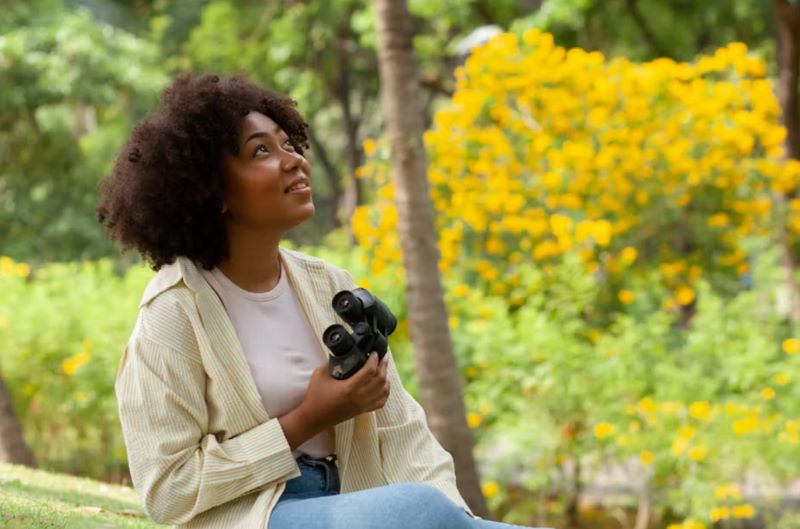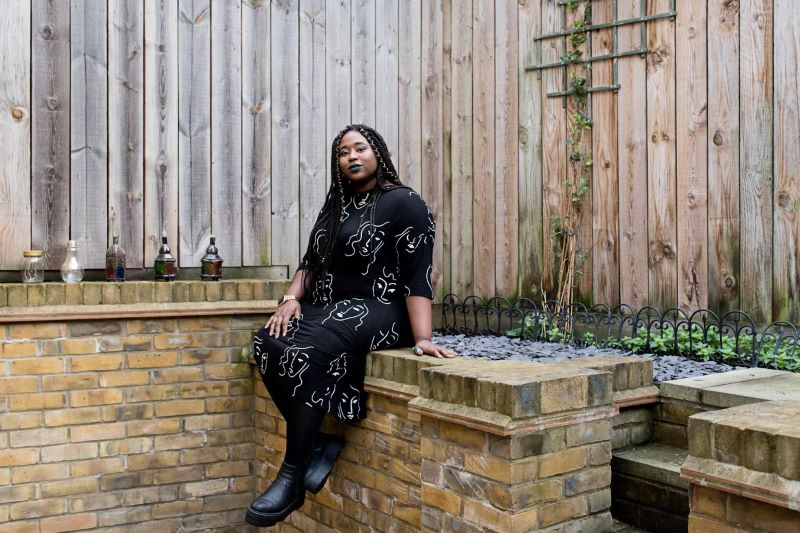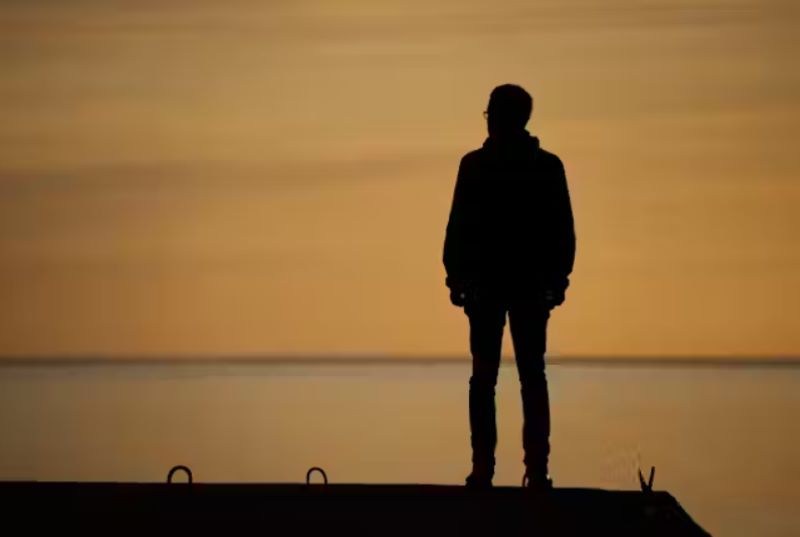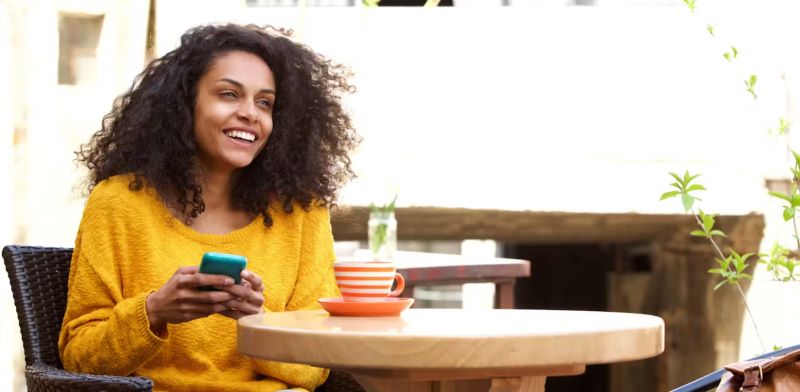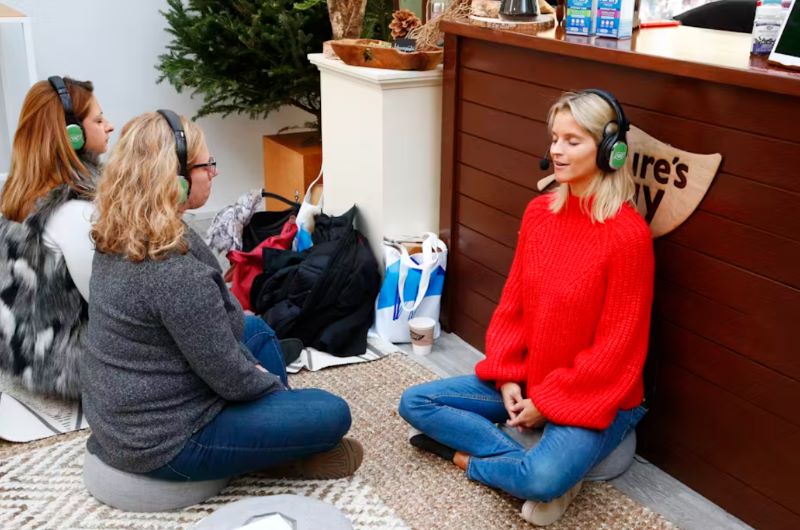

By Gabes Torres
Psychotherapist, organizer, and artist
June 29 was the shortest day on record, scientist Leonid Zotov reports. According to his research, the Earth is rotating faster, with “1.59 millisecond less than the average day.” Since 2016, scientists have found that the Earth’s spin has accelerated, which has shortened a number of days on record. With this acceleration, we might expect shorter days in the years to come.
Some of us underestimate the significance of daylight in our everyday lives until it becomes scarce. Living in Seattle for six years was one of those moments for me. Growing up in a tropical country, it felt like I took the abundant sunlight for granted, longingly looking back at sun-kissed days. For some people, the deficiency of light and warmth during certain seasons impacts their mental well-being negatively, to the point of needing clinical attention. This is often referred to as seasonal affective disorder.
Seasonal affective disorder (or cleverly referred to as SAD) is a type of depression that occurs with a seasonal pattern, typically during fall or winter. The manifestations of SAD include a loss of interest and pleasure in hobbies and activities, fatigue, sadness, lack of energy or motivation, sense of worthlessness and hopelessness, oversleeping, difficulty concentrating, and withdrawal from loved ones and social activities. Some exhibit irritability and significant mood changes. Others experience dramatic changes in their appetite, which may decrease or increase.
Five percent of adult Americans and 2–3% of Canadians experience SAD. In tropical countries, SAD appears during the rainy or monsoon seasons. In rare cases, people also experience SAD during summertime, often referred to as “summer depression.”
Scientists have not yet fully uncovered the causes of SAD, but there have been theories. Some claim that because of the lack of sunlight, the reduced activity of the neurotransmitter serotonin (a hormone that regulates our mood, sleep cycles, and appetites) causes depressive feelings. While this occurs, there is also an overproduction of melatonin, which causes hypersomnia or oversleeping. The changes of serotonin and melatonin levels disrupt one’s daily rhythms, which influence mood and behavior changes. Moreover, the lack of sunlight interferes with a person’s circadian rhythms—an internal biological clock that impacts our internal sense of rhythm, our sleep, and our hormone levels. Because a person feels “out-of-step” in one’s daily routine, this may lead to depression.
Another possible cause of SAD could be the traumas or unpleasant memories associated with the holidays. This involves remembering or refocusing on family hardships, pressures from needing to celebrate or being surrounded by Western or Christian holidays, or the overstimulating situations and expectations revolving around the season that can overwhelm a person. There is also the possibility that not every person is going to be with their family or loved ones during the holidays. This was the case for me as an international student in the U.S. It was quite agonizing to witness friends reunite with loved ones during the holidays, and needing to hide these feelings added to the pain. It was remarkably lonely.
During the summer, the change of routine in summer breaks could also trigger depressive feelings. Psychiatrist Sonal Anand offers a range of possibilities that may cause SAD during summer. This includes the discomfort experienced in extreme heat and humid weather. She also suggests that social gatherings during summer will entail parties by the beach, which usually brings up body image issues and creates the pressure to look a certain way, especially with widely imposed and fat-phobic standards of body image.
Although the DSM might challenge these theories due to their connections to social concerns rather than of seasonal patterns, it can be argued that these linkages legitimately have an impact on our mental states of being as meaning-making creatures. When seasons change, we associate them with the memories situated in the contexts and their characteristics from which they took place. This includes weather.
How can I cope with Winter Blues or Summertime Depression?
Because the research on SAD commonly includes a disruption of patterns, preparing a new rhythm or routine whenever we enter a different season might be helpful. We are wired for rhythm and patterns, and to some extent, we internally need some degree of control with our everyday lives, especially for those of us who have endured severe trauma. Although we cannot have full control, we can control enough of our choices based on what we know.
What if I’m too Depressed to Brainstorm or Create a Routine?
You do not have to alter your entire routine altogether. What are the parts of your routine that you enjoy and find helpful that you’d like to maintain?
What would it be like to have someone brainstorm and create the routine alongside you? This might be a vulnerable task, but for most individuals with depression, it can be satisfying and effective to have another person’s help. In a recent essay, I wrote that there is a “co-regulating component” to being connected to a person who feels safe to us, “where our bodies reach a degree of homeostasis or state of safety when our nervous system attunes with another.”
Music plays a huge role in establishing rhythm, and it also adds soul and beauty to our meditative practices. Beautiful Chorus is a music group that sings uplifting refrains that revitalize us. They have several songs that remind us to return to our bodies with peace and ease. “Breathe It In” is always a good start.
If winter-related SAD occurs, finding other sources of light and warmth can make a difference to shorter days and longer nights. Sustainable and ethically crafted candles can serve as this kind of warmth. For me, I use candles with scents that remind me of a safe memory. Other ways to find warmth and light are salt lamps (or warm lighting) and hot beverages.
If smudging comes to mind and you are not Indigenous, be aware that smudging is a sacred tradition practiced by Indigenous communities for healing, protection, clearing, passing on blessing, etc. It is practiced with great care and reverence, and must never be taken lightly or commodified from a place of consumption and appropriation. One of the wisest ways to go about this critical process is to ask yourself, “Did my ancestors use incense as part of their sacred tradition? Or were my ancestors the ones who banned it?”
If your ancestors practiced smudging incense, smudge the plant or wood your ancestors used if accessible. If you are non-Indigenous, do not buy white sage. Alternatives are lavender, cedar, jasmine, myrrh, juniper, pine, and rosemary.
Buy palo santo only from markets that clearly state that the wood was ethically crafted (meaning the wood came from naturally fallen or dead trees) and when such markets are Indigenous-owned or directly support Indigenous communities or families and aim to protect Indigenous consciousness.
I have always thought that in the times we are living, many of us lose light and warmth (both figuratively and literally) in places and moments where we need them most, but endure heat and pressure when they are least welcomed. I am alluding to the notion of burnout, when we have collectively had enough of crises and the fears of more outbreaks. But the hope is to not respond in despair and cynicism.
Co-founder and editor-in-chief of Atmos Willow Defebaugh wrote on burning out: “Who among us has not felt burnout, given all we have been through these past few years? Fire can be all-consuming, yes—but it can also be generative. After all, what we see as flames are excess energy given off in the form of heat and light.” They continue to encourage us to make time to pursue the practices, environments, and communities that “fuel us.” To remember to breathe when the news and our surroundings have gotten to be too much, and they have. They write beautifully: “When our embers grow dim, we must return to what sparked our commitment to this cause in the first place, the source of all our passion and energy: a sense of love and justice for the Earth and all its inhabitants. And when we burn bright, we spread our warmth and light to others.”
Take that in … Breathe that in …
Originally published by Yes! Magazine, 11.14.2022, under a Creative Commons Attribution-NonCommercial-NoDerivatives 4.0 International license.
